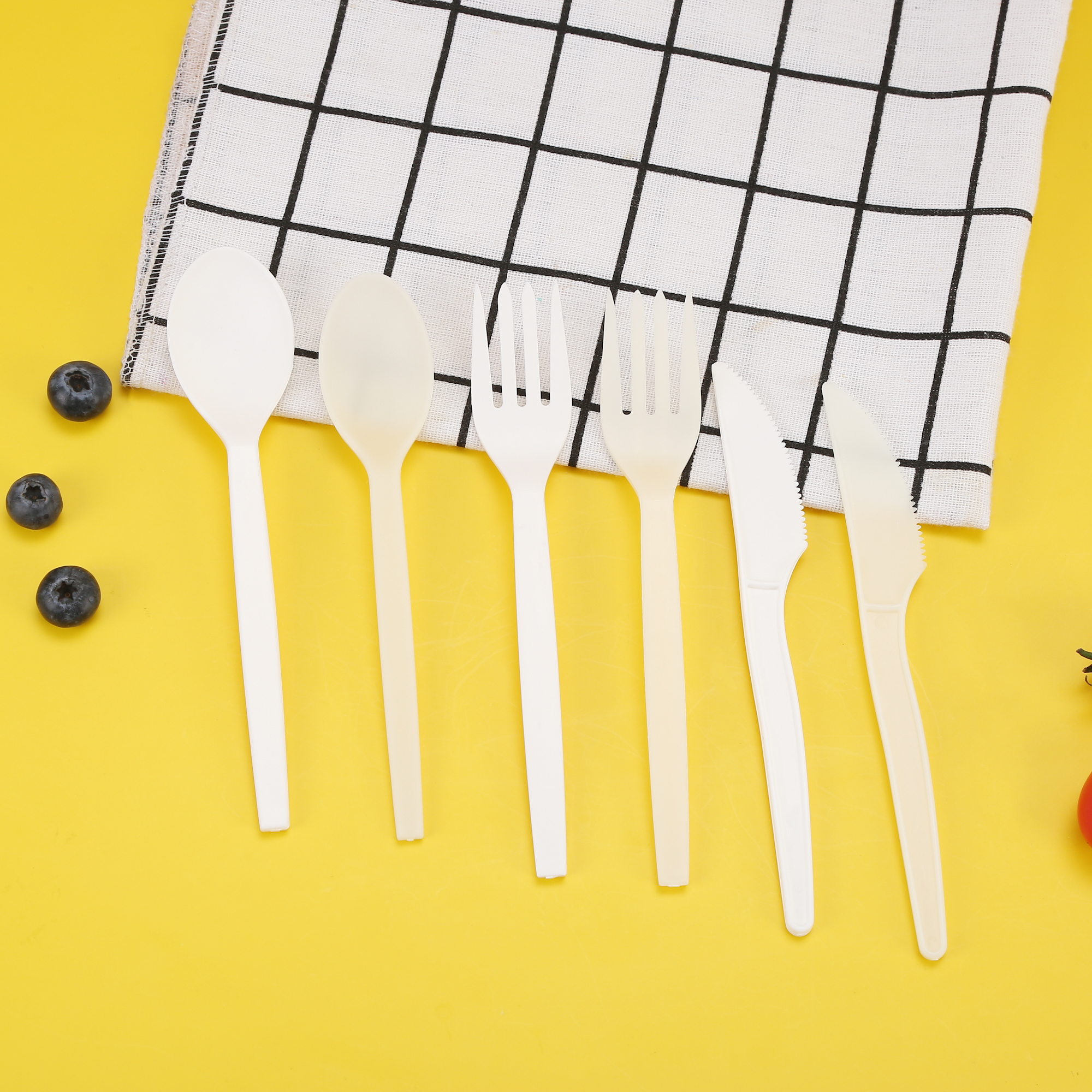Introduction: In formal dining settings, mastering cutlery etiquette is essential to exude grace and poise. Proper cutlery usage not only demonstrates respect for the dining experience but also reflects one’s cultural awareness and social finesse. In this blog, we present a comprehensive guide to cutlery etiquette, from the correct placement of utensils to graceful handling during a meal.
- Place Setting and Arrangement In a formal dining setting, the placement of cutlery follows a standard order. The dinner fork is typically placed to the left of the dinner plate, while the dinner knife, with the cutting edge facing inward, is positioned to the right. The soup spoon and salad fork may be placed above the dinner plate, and dessert cutlery is usually arranged horizontally above the plate or brought in later.
- Handling Cutlery Gracefully When using cutlery, adopt a refined and gentle approach. Hold the utensils with the index finger resting on the handle’s backside, and the thumb placed on the front. The remaining fingers should curl around the handle naturally. Avoid clinking or scraping the cutlery against the plate, as it may produce an undesirable noise.
- Continental vs. American Style There are two primary styles of cutlery usage – the Continental style and the American style. In the Continental style, the fork remains in the left hand, and the knife remains in the right hand throughout the meal. In contrast, the American style involves switching the fork to the right hand after cutting the food, then transferring the food to the mouth with the right hand.
- Navigating Multiple Courses During a multi-course meal, it is essential to know which cutlery to use for each course. Start from the outermost cutlery and work your way in as the meal progresses. If uncertain, observe the host or follow the lead of others at the table.
- Resting and Finished Position When taking a break during the meal, rest the cutlery on the plate, with the knife blade facing inward and the fork tines facing up. When finished with the meal, position the cutlery diagonally across the plate, forming an “X” shape, signaling to the server that you have completed the course.
Conclusion: Mastering cutlery etiquette adds an element of sophistication to the dining experience, reflecting cultural awareness and social finesse. From understanding proper place settings and handling cutlery gracefully to navigating multiple courses, following cutlery etiquette enhances the enjoyment of formal dining occasions and showcases elegance and grace.


















